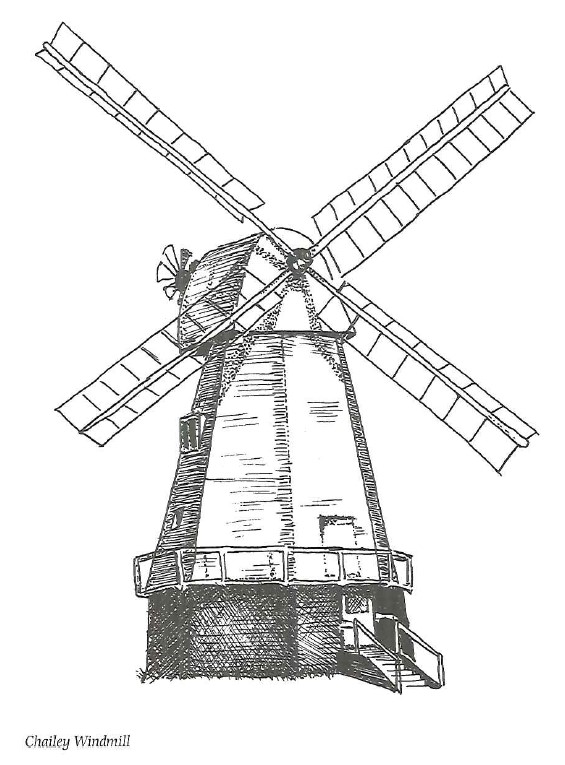Ashdown Forest was for centuries a royal hunting ground but the parties chasing wild boar and deer needed somewhere to relax after a long day in the saddle. Forest Row was where the hunting lodges were built, and that is the origin of the settlement, though it was not until the railway station was opened in 1866 that there was any substantial development and it did not achieve full parish status until 1894. The Royal Ashdown Golf Club was opened in 1888 and was only the second golf course established in Sussex, the first being at Seaford.
Among the most interesting local buildings is Kidbrooke Park, which was built in 1724 for Lord Abergavenny after a fire at Eridge Park. The house has fine Adam style plaster ceilings and the magnificent surrounding parkland was laid out by Humphrey Repton, one of the most celebrated landscape gardeners of the time.
The house has seen many owners. It was bought in 1921 by Olaf Hambro, chairman of Hambros Bank, and he and his wife took a great interest in the garden. Hambro helped to finance an expedition to the Himalayas by Kingdon-Ward who brought back a blue poppy and a new strain of gentians which were grown for the first time in England at Kidbrooke. The late Queen Mary, wife of King George V, came to Forest Row to see the blue poppy.
Hambro sold the house in 1938 after the death of his wife. In 1945 it became a Rudolf Steiner school, Michael Hall School. The village has become something of a mecca for supporters of the Rudolf Steiner methods of education; it also houses Emerson College.
Another educational establishment in Forest Row, Ashdown House preparatory school, was given a royal seal of approval when it was chosen by Princess Margaret and Lord Snowdon
for their son, Viscount Linley, and the couple were regular visitors to the village while he was a pupil there. The house, built in 1795, was designed by Benjamin Latrobe before he emigrated to the USA.
The Brambletye Hotel featured in literature in a story by Sir Arthur Conan Doyle who lived at nearby Crowborough. Sherlock Holmes, the doyen of all detectives, stayed here in the story Black Peter. The hotel now has a ‘Black Peter’s Bar’ of course.
Local Scouts kept an all-night vigil on the eve of Queen Elizabeth’s coronation in 1953, guarding the massive bonfire that had been built at the highest point at Wych Cross. A nightingale sang all night to keep them company. The following evening the bonfire was lit by torch bearers running in relay from East Grinstead, as other blazing beacons lit up the night across Sussex to acclaim the new monarch.
Wall Hill was the scene of an infamous robbery in 1801 when the mail coach was held up at pistol point and robbed of about £12,000. Two brothers named Beatson were convicted of the crime and sentenced to death. They were brought from Horsham to the scene of their crime, riding in a cart and sitting on their own coffins. A gallows was erected close to the spot where the robbery took place and the Beatsons were hanged at noon on 7 April, 1802, watched by a crowd of about 3,000 people.
Charles Abbot, Speaker of the House of Commons, who was living at Kidbrooke Park at that time, requested that the bodies be taken down from the gibbet before his wife returned home from London, as he feared the sight would distress her.
